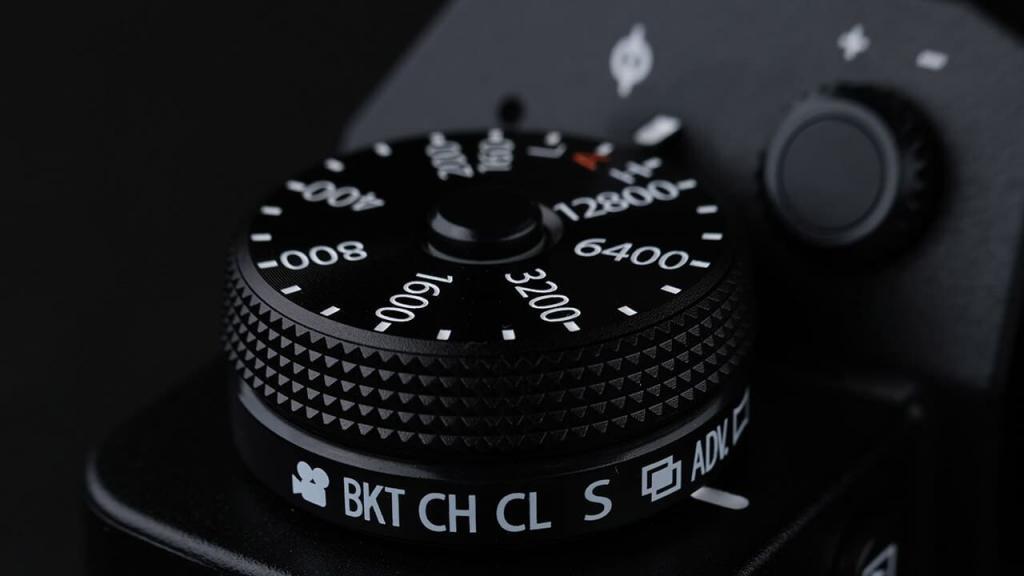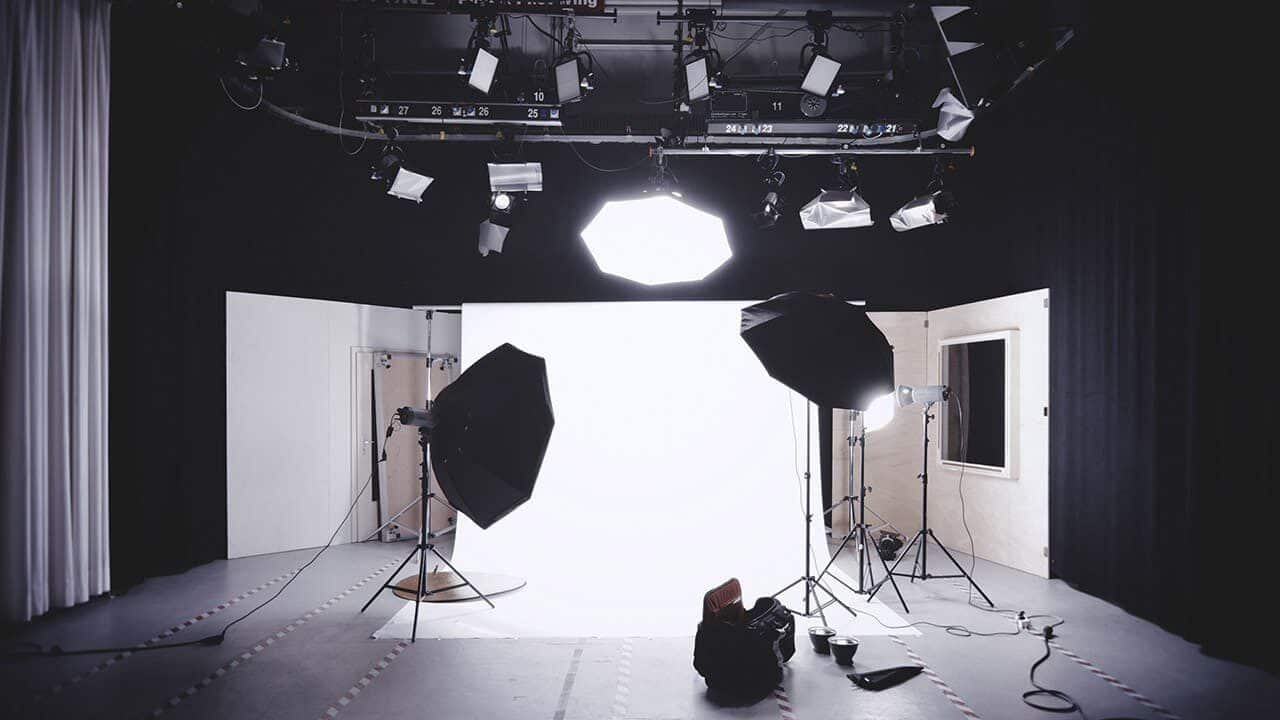Simply put, photogrammetry is the science and art of obtaining reliable measurements from photographs. The American Society for Photogrammetry and Remote Sensing (ASPRS) defined photogrammetry as “the art, science, and technology of obtaining reliable information about physical objects and the environment, through processes of recording, measuring, and interpreting (photographic) images and patterns of electromagnetic radiant energy and other phenomena.”
History of Photogrammetry
Karara(1979) in her “Handbook of Non-Topographic Photogrammetry” stated that “since photogrammetry’s beginnings in the mid 19th century, its main objective was for map-making purposes. Also, in a guideline published by The ASPRS, it was explained that “historically, photogrammetric methods and technologies were limited to the use of photographic film. However, with advancements in technology, the profession has expanded to apply its expertise in interpretation and mensuration of remotely-sensed data to a wide variety of other sensors like digital cameras.” There is a wide variety of the application of photogrammetry including areas like Engineering, Architecture, Forensic Science, Archaeology, Manufacturing, Quality Control, Geology, etc.

Marín-Buzón et al (2021) explained that “photogrammetry is playing an essential role in archaeology by providing visual information from the photograph at the field level, with the information from the photograph and with metric accuracy.”
Moffitt(1995) in his presentation at the Panel on the Future of Photogrammetric Education also stated that “photogrammetry is applied to civil engineering in the following general areas: Interpretation of aerial photographs, topographic mapping, planimetric mapping, presentation of reports, experimental measurements and inventorying.”
In the field of Forensic Science, photogrammetry is being used for accident reconstruction.
3D tools for Crime Scene and Accident Reconstruction
Fraser and Cronk (2005) in their publication “Close-range Photogrammetry in Accident Reconstruction” explained that “throughout the last decade forensic scientists, technicians, and police have employed a number of 3D measurement tools for crime scene and accident reconstruction. These have ranged from the basic, such as EDM instruments, to the complex, namely terrestrial laser scanners. In the field of traffic accident reconstruction, close-range photogrammetry is now being adopted.”
During accident reconstruction, the use of photogrammetry entails applying scientific methods for determining the dimensions of an object in a scene from photographs and transforming measurements of the object to the actual surface.






